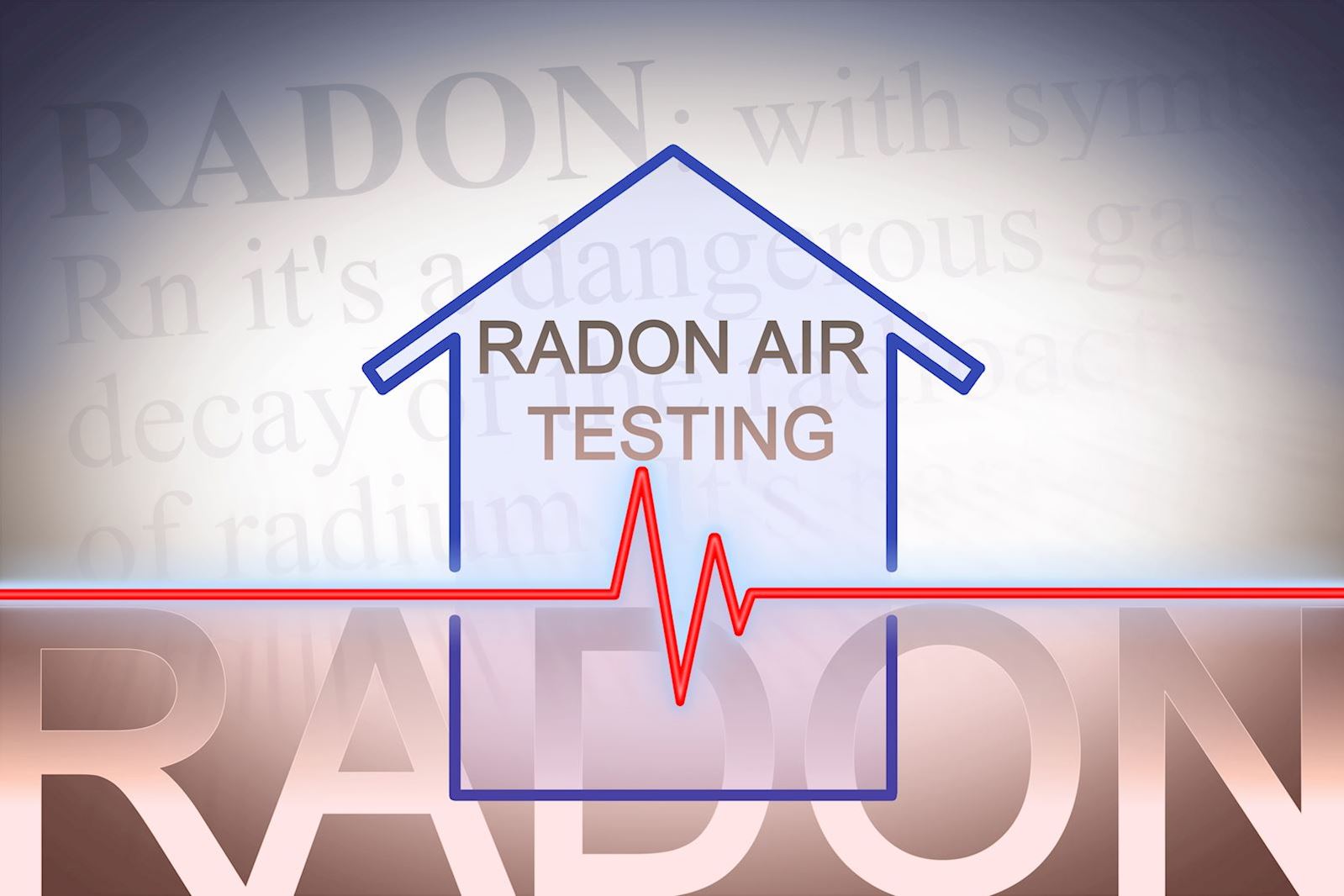The Colorless Killer
Each year, an estimated 400 deaths in Iowa are caused by radon-induced lung cancer — approximately the same number of Iowans who die in traffic accidents each year, according to the US EPA. Radon is often called colorless killer.
Produced from the decay of naturally occurring uranium in the soil, radon is a colorless, odorless, and tasteless radioactive gas, making it nearly impossible to detect. The average indoor radon concentration in Iowa is more than six times the national average, which is why Iowa realtors highly suggest radon testing as a part of home buying.
Radon is present nearly everywhere, which means we all breathe it in every day at low levels. When you are exposed to high levels for long periods of time, you become a high risk for developing radon-induced lung cancer. In a few areas, radon dissolves into ground water, and can be released into the air when water is used, but the main source of integration occurs seeping through cracks in the floors and walls, construction joints, and electrical wires.
Protecting You and Your Lungs
These decay products can cause irreversible damage to your lungs if not prevented.
In 2016, a nonsmoking Illinois resident died just six weeks after being diagnosed with stage four lung cancer. A month after his death, a radon test in his home revealed he has been living with more than four times the US EPA’s radon action level for more than 18 years — and had no idea.
According to the CDC, smokers who are exposed to elevated levels of radon are at especially higher risk for developing lung cancer — nearly 10 times higher. If you smoke and know you’ve been exposed to high levels of radon, it’s especially important to quit smoking.
As radon decays through soil, it gives off miniscule radioactive particles that when inhaled, damage the cells that line your lungs. Over time, being in a highly exposed environment for long periods of time or swallowing water with high radon levels greatly increases your chance of developing lung damage or lung cancer. Your chances of getting lung cancer from radon depend greatly on:
- How much radon is in your home.
- Where you spend most of your time.
- The amount of time spent in the environment.
- Whether you smoke or have ever smoked.
Although we all breathe in this odorless gas every day, there are steps that can be taken to prevent your risk of developing lung damage or lung cancer.
Prevention is Key
Keeping your home updated on testing is one of the most effective ways to protect the health of you and your family.
Testing for radon is the only way of knowing how much radon is present in your home, and luckily, is easy and inexpensive to perform. The US EPA recommends testing your home every two years, or after renovating your home. It is recommended to start with a short-term test, which can be completed within 2 to 90 days. Long-term tests, ranging from 90 days to one year, provide a more accurate reading of your home’s year-round average radon level. The EPA website provides resources that can help you find a radon test kit or mitigation professional near you.
If You Think You’ve Been Exposed
Radon symptoms can closely mimic other illnesses, but if you think you’ve been exposed to high levels of radon, talk with your primary care provider or Pulmonologist. Possible signs of radon exposure include:
- Shortness of breath (difficulty breathing)
- New or worsening cough
- Pain or tightness in the chest
- Hoarseness
- Trouble swallowing
Help Spread the Word
Now that you know the harmful effects of radon exposure, you can be an advocate for protecting others from this preventable sickness. The US EPA has designated each January as National Radon Action Month, where they encourage all Americans to have their homes tested for radon.
Additional Resources
- National Radon Hotline: 1-800-SOS-RADON (1-800-767-7236).
- EPA’s Consumer’s Guide to Radon Reduction
For more information on The Iowa Clinic Pulmonary & Critical care department, visit our website or call 515.875.9550.
National Safety Council — Radon Prevention
National Cancer Institute — Radon and Cancer
American Cancer Society — How to Test Your Home for Radon
